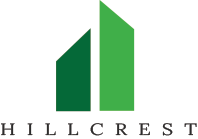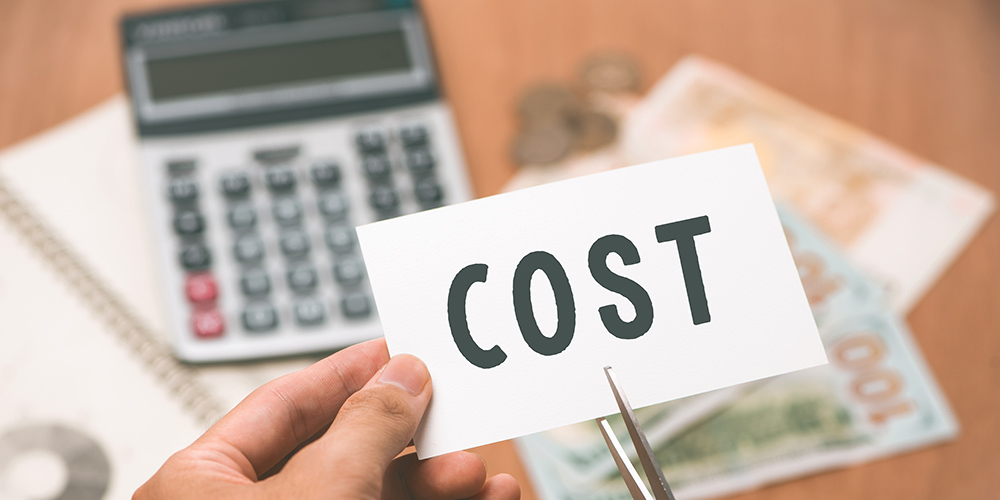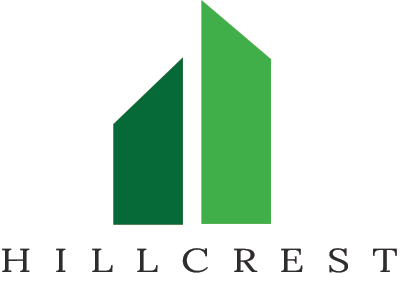Board members consistently try to find ways to reduce maintenance costs in HOA communities. Maintenance makes up for one of the largest expenses in an HOA budget. Because of this, it’s understandable for boards to want to cut back on this line item, especially during times of economic crisis.
How to Reduce Maintenance Costs in HOA
Homeowners associations are responsible for common area maintenance and upkeep. Maintenance costs can pile up, especially for a community with extensive amenities, complex shared spaces, and specialized maintenance needs.
Here are the different ways to cut HOA maintenance costs.
1. Assess Priorities and Projects
 Many HOA communities have ongoing or planned projects in the works, but not all of them are necessary or urgent. If the board wants to cut down on its maintenance expenses, delaying non-urgent projects is the first course of action.
Many HOA communities have ongoing or planned projects in the works, but not all of them are necessary or urgent. If the board wants to cut down on its maintenance expenses, delaying non-urgent projects is the first course of action.
Perhaps the HOA is planning to install a new basketball court or buy new gym equipment. If none of these are a matter of immediate importance, the board can postpone them to a later date and focus on essential maintenance. Sure, some owners might be disappointed, but they will appreciate that the HOA won’t be raising dues to cover the costs.
2. Invest in Preventative Maintenance
One of the surest ways to reduce maintenance costs in HOA is to invest in preventative maintenance. Prevention is always better than cure, and the same goes for maintenance and upkeep.
Instead of fixing something when it breaks, an HOA can save more money by preventing the breakage in the first place. For example, an HOA can hire someone to inspect plumbing systems instead of waiting for water leaks to appear. By identifying and addressing small issues early, the HOA can avoid expensive emergency repairs.
3. Switch to Energy-Efficient Systems
Another way to reduce maintenance costs in HOA is to switch to energy-efficient systems. LED lighting, for instance, uses at least 75 percent less energy than their incandescent counterparts. They can also last 25 times longer.
An HOA can also invest in motion sensors and energy-efficient appliances to save money. These investments may cost money upfront, but they can lower the association’s maintenance and utility bills over time.
4. Negotiate With Vendors
Reducing cost of maintenance in HOA communities requires negotiation skills. Board members should review their vendor contracts regularly and see which ones are up for renewal. Then, they should open a dialogue with those vendors and ask for discounts or renegotiate the price altogether.
Board members also shouldn’t be afraid to switch to more affordable options. Some vendors won’t budge on their fees. If it’s truly out of the HOA’s budget, the board should start soliciting bids from other vendors.
5. Audit Utility Bills
 Another way to reduce maintenance costs in HOA is to audit utility bills. The board should compare this year’s usage and charges against last year’s. If this year’s summer bills cost more than last summer’s bills, for instance, then there may be increased usage this time around. Identifying the cause can help the board make adjustments.
Another way to reduce maintenance costs in HOA is to audit utility bills. The board should compare this year’s usage and charges against last year’s. If this year’s summer bills cost more than last summer’s bills, for instance, then there may be increased usage this time around. Identifying the cause can help the board make adjustments.
If there is no difference in usage but costs still seem to inflate, there may be a leak or larger issue. In that case, the HOA board should hire a professional to conduct inspections. Of course, it could also be due to a billing error.
6. Use Modern Technology
Technology can aid greatly in HOA maintenance cost reduction. Using software or other technological tools can help HOAs stay on maintenance schedules, plan tasks, and remain organized.
Residents can use online portals to submit maintenance requests or concerns. This way, the board can be notified of these issues early on and support preventative maintenance. From there, the HOA board can delegate the maintenance task to the appropriate personnel.
7. Have Healthy Reserves
A healthy reserve fund is essential to an HOA’s long-term maintenance success. A reserve fund covers the cost of major repairs and replacements in the future. Without this fund, the HOA would have to resort to increasing dues, levying special assessments, or taking out a large loan.
In Illinois, HOAs and condominiums have a statutory requirement to fund reserves. This is according to the Common Interest Community Act (765 ILCS 160/1-45) and the Condominium Act (760 ILCS 605/9).
8. Educate Residents
If the board wants to reduce maintenance costs in HOA, it must get residents involved as well. The HOA board should educate residents and explain to them why certain decisions are being made. Keeping residents in the loop makes them feel included and promotes transparency within the community.
Additionally, residents can do their part by conserving water and energy when using common areas. They can avoid littering and damaging HOA-owned properties. Taking extra care of common areas is a small contribution residents can make toward reducing maintenance expenses.
How Rising Maintenance Costs Affect the HOA Budget
Maintenance is a primary expense for HOA communities, and rising costs can have a detrimental impact on the budget. Board members and homeowners should understand how expensive maintenance can affect the HOA’s finances and, as a result, trickle down to them as well.
Here are the consequences of rising maintenance costs in an HOA.
- Reduced Funds for Other Expenses. More money spent on maintenance means less available for landscaping, amenities, insurance, or administrative costs.
- Increased HOA Dues. To cover higher costs, the board may need to raise monthly or annual fees. This can frustrate homeowners and lead to pushback.
- Depleted Reserve Funds. If the operating budget falls short, the HOA might dip into its reserves. This reduces savings for future repairs or replacements.
- Delayed or Canceled Projects. Upgrades like repainting, new signage, or amenity improvements may be delayed or cut altogether to prioritize urgent repairs.
- Greater Risk of Special Assessments. If costs suddenly spike and reserves are low, the board might have to impose a special assessment. This can cause financial strain for residents.
- Budget Adjustments and Cuts. The board may need to trim spending in non-essential areas like events, security, or amenity improvements to balance the budget.
- Higher Delinquency Rates. If dues increase significantly, more homeowners may fall behind on payments. This makes collection more difficult for the HOA and can impact cash flow.
Implementing Cost-Saving Tactics
Clearly, there are many ways to reduce maintenance costs in HOA communities. Adopting one or more of these strategies can have a noticeable effect on the association’s budget.
Hillcrest offers HOA management services to communities in Chicago. Call us today at 630-627-3303 or contact us online to request a proposal!
RELATED ARTICLES:
- The Future Of Smart Home Technology In HOA Communities
- Asphalt Lot Paving In HOA: Costs, Maintenance And Tips
- HOA Spring Maintenance Checklist: Key Tasks For The HOA Board





